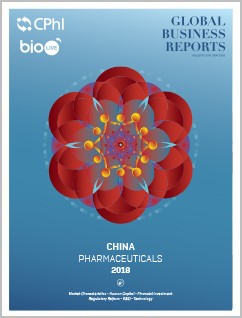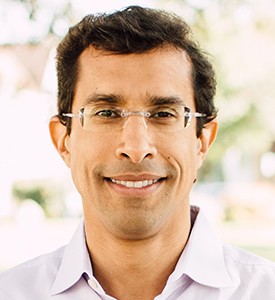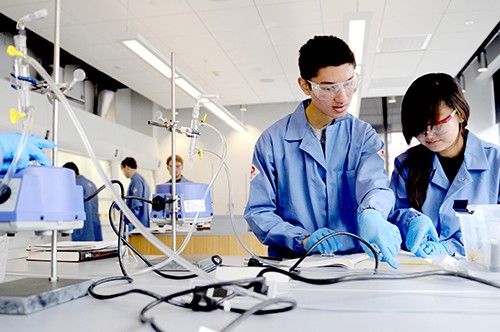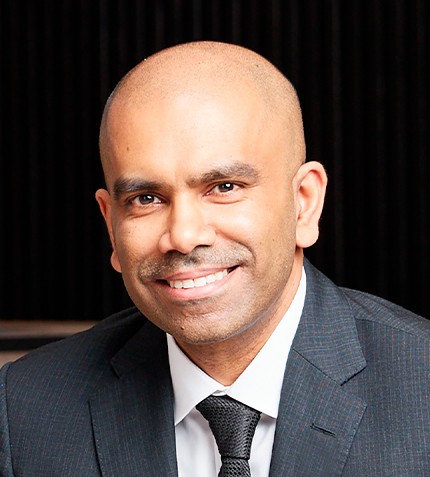
PUBLICATION
China Pharmaceuticals 2018
Long dismissed as a “me too” market, China’s pharmaceutical industry has undergone extraordinary transformation in recent years. Responding to the needs of its ever-growing and rapidly evolving population, the central government has led a concerted effort to shift the industry’s focus towards innovation by injecting significant capital into the market, enticing talent from overseas to return, and introducing a series of regulatory reforms geared towards driving industry consolidation. Following suit, the private sector has also begun to invest heavily in the life sciences, supporting a small but strengthening biotech sector that will begin to see results in just a few more years. To meet burgeoning demand for cutting edge technologies, the services sector is also bolstering its capacity and new players are taking advantage of the opportunities where gaps remain. As 2020 approaches, China’s rapid ascent to the forefront of the global stage may soon allow the country to overtake the United States as the number one pharmaceutical industry worldwide.













